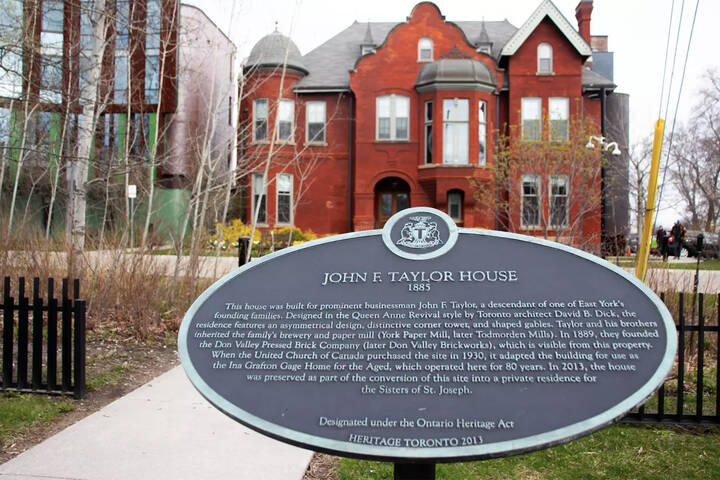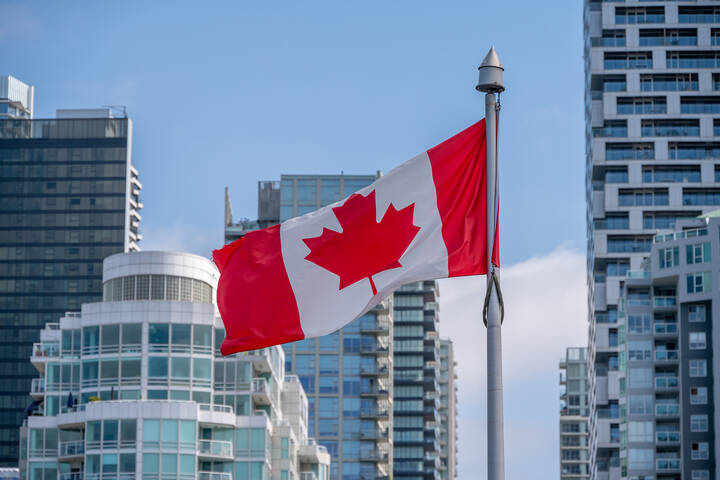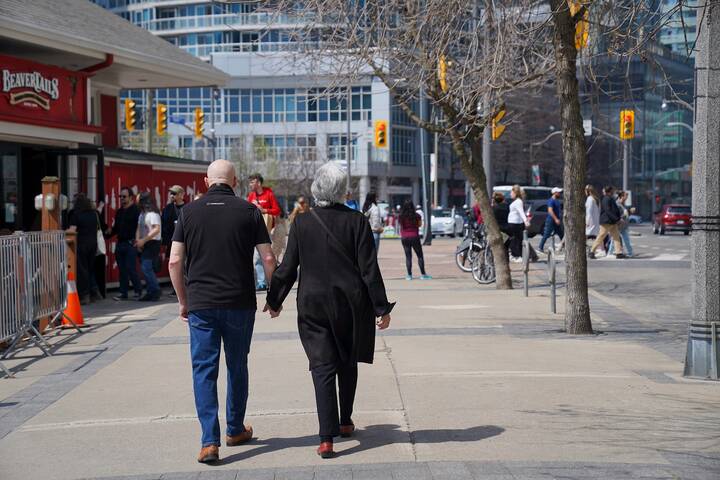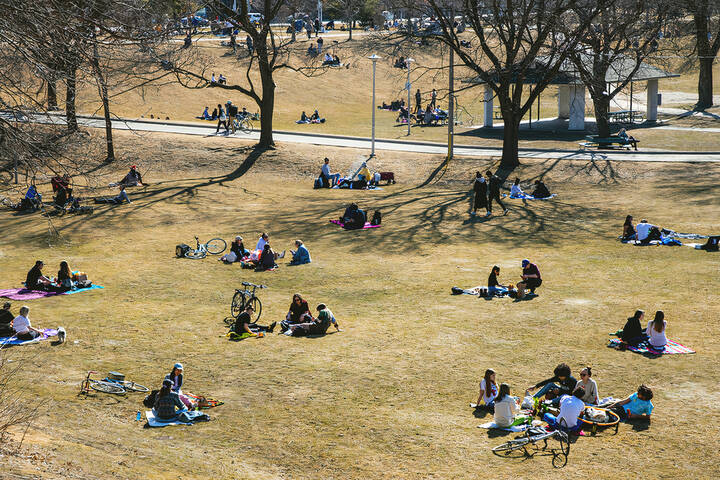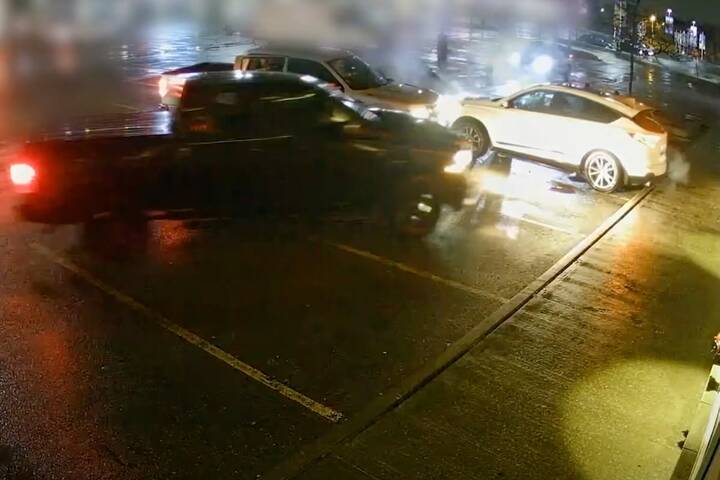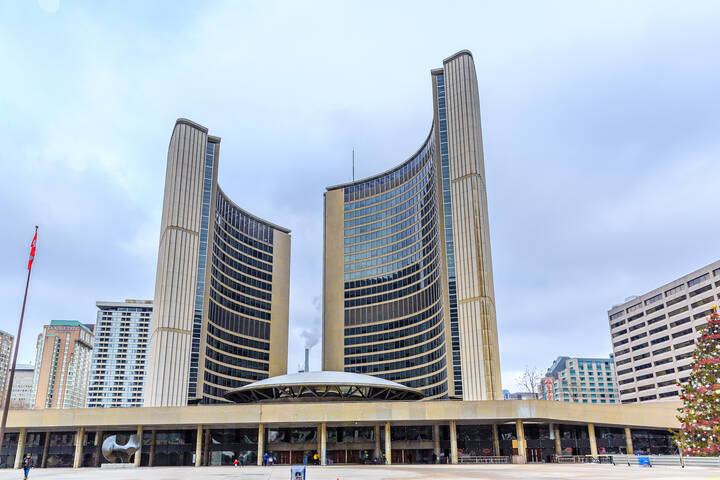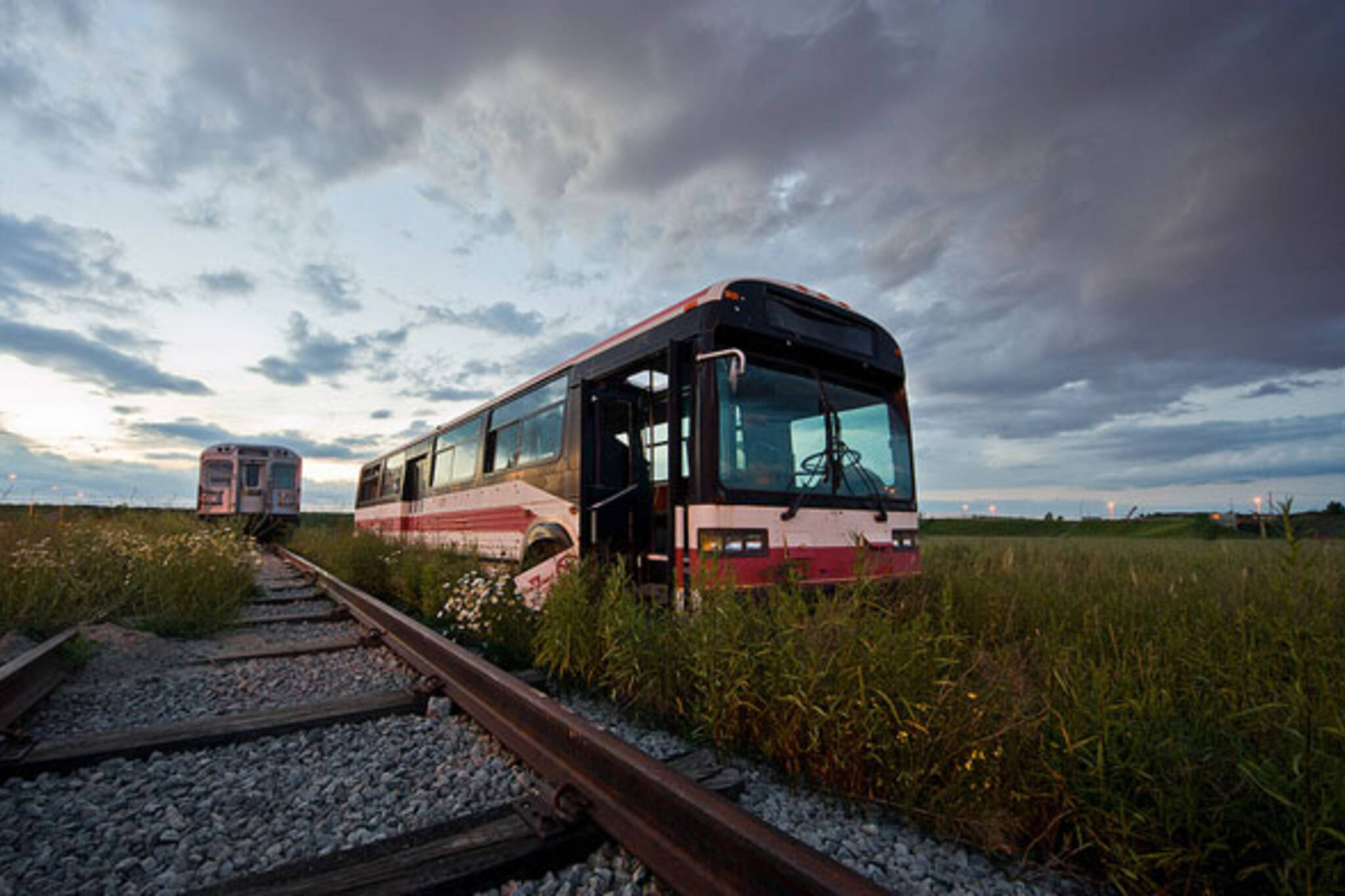
The year it all went down the tubes for the TTC
In the 1980s and early '90s, the TTC really was the better way. A cash fare hovered around a dollar, service levels met the cities needs, and the transit provider could even advertise how great it was on television. Not only that, but big plans were in the works to expand the TTC over the next few decades to ensure that it met Toronto's rapidly growing population. Then everything changed.
The date was June 26, 1995. Mike Harris was elected the 22nd Premier of Ontario, and one of his first orders of business was to cut provincial contributions to the TTC's capital projects. The Eglinton West Line, which had broken ground only a year before, was promptly killed.
That spelled the end of major expansion projects until the arrival of the Sheppard Line in 2002, though that remains one of the most ill-conceived plans the TTC has seen come to fruition given its ridership numbers.
After funding was slashed to capital projects in 1995, subsidies to the TTC's operating budget were also killed in 1998. That's when service really took a hit. Transit expansion was certainly important, but ridership only climbed with the formation of the Megacity, and the TTC had less money to cover its day-to-day operations.
The 2000s witnessed customer satisfaction dip and a spike in public complaints. Once beautiful stations like Dupont were rundown and filthy. There was massive crowding at Bloor Station each morning and few staff on hand to guide passengers. Public pride in the TTC fizzled.
The bold plans of the 1980s were supposed to come to fruition by 2011, but instead the year was marked by Rob Ford's dubious promise of Scarborough subway line funded by tax-increment financing. Bus routes with low ridership were also cut during this period as municipal funding was also clipped (though they've since been restored).
Although Transit City never came to fruition as it was initially proposed, the province has once again put up cash for the transit expansion projects. Toronto wouldn't get to look forward to the opening of the Spadina Extension, the Eglinton Crosstown, and LRT projects on Sheppard and Finch without help from this level of government.
That said, the subsidies to operating expenses have never returned. People often wonder why the TTC is one of the most expensive transit systems in North America, but the answer is straightforward: the Commission is forced to recoup a startling amount of its operating costs from the fare box.
It wasn't always this way.
Photo by Peter Muzyka.
Latest Videos
Latest Videos
Join the conversation Load comments
